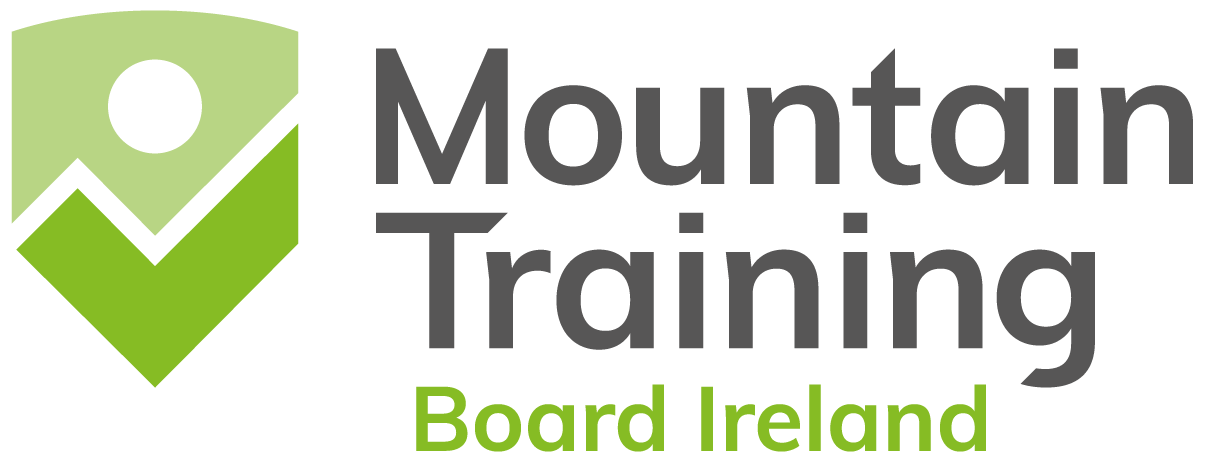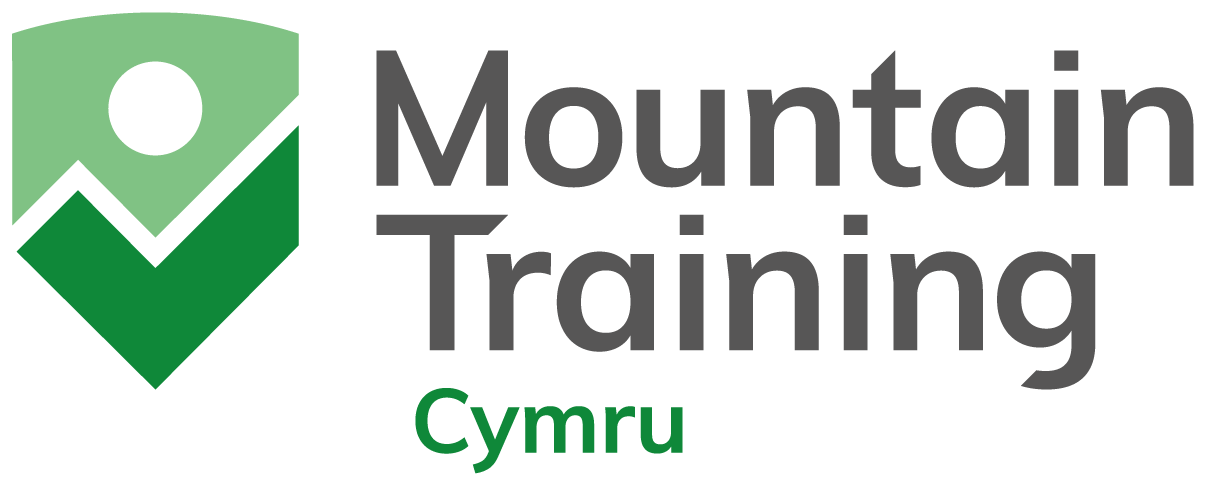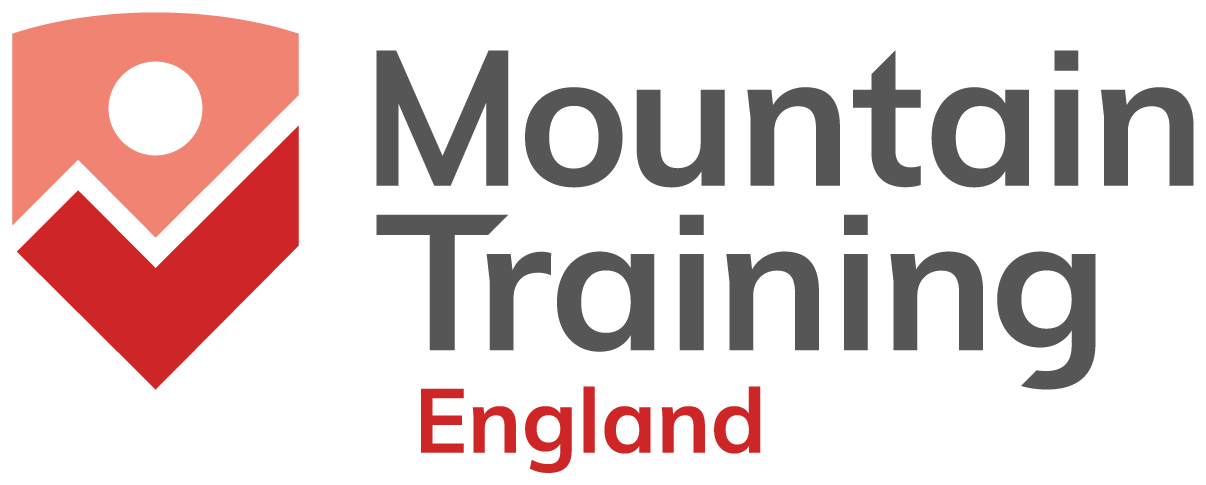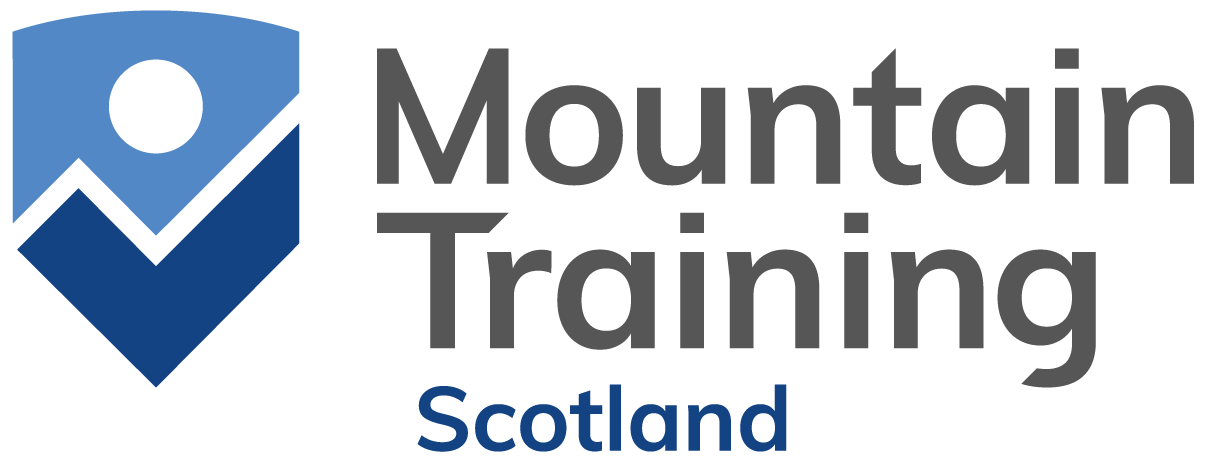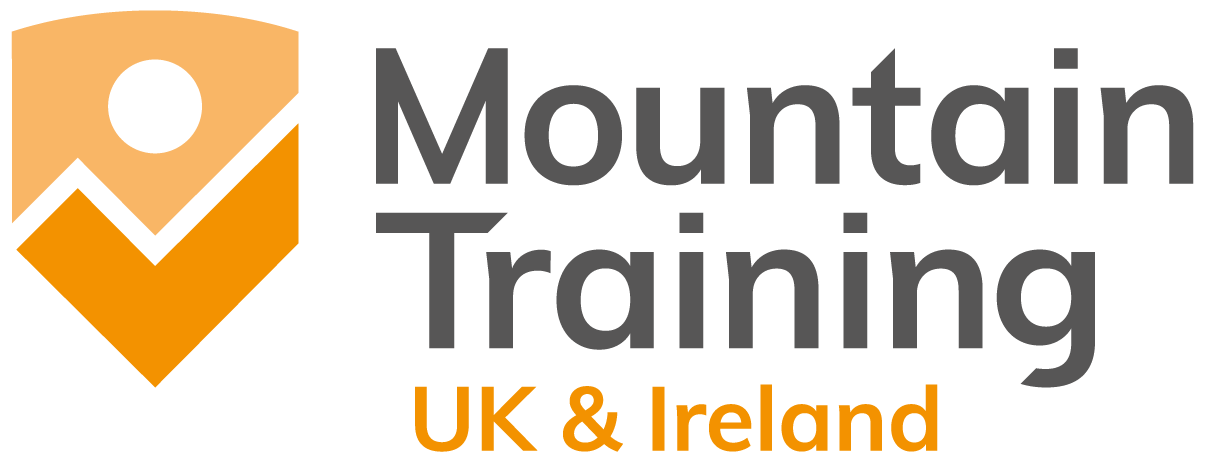We are regularly asked for advice on first aid requirements, so here's some advice. We don't police this, so it is up to the assessor (and candidate) to satisfy him or herself that the first aid course fits the criteria. Some people use the awards in more remote places than others so we just specify the minimum requirement (extracted in the answer to previous question). For a Hill and Moorland Leader, for example, the remit criterion is that the area is easily exited within a few hours, so prolonged casualty care is less likely than for a Mountain Leader.
So you can assure your participants that the course meets the criteria required by the Boards if you can go through the syllabus tick list (which is very open as you can see) and agree that it matches all points.
First aid training is about risk management, so the trainer needs to cover the sort of things that are more likely to go wrong on the hill. Given the restricted time available, incidents such as poisoning through industrial cleaning fluid, for example, would be a low priority topic for Hill and Moorland Leader candidates whereas environmental injuries such as heat or cold exhaustion, or even drowning, would be much higher up the list. This is the sort of thing that is sometimes best done by getting the candidates to brainstorm everything that could go wrong on an expedition, and write up the topics that require specific first aid training for the first aid course. In addition to primary and secondary care, casualty examination and basic “ABCDE” life support we would certainly expect the following to be covered (not an exhaustive list!):
- Calling for help
- Methods and limitations of evacuation
- Common conditions, e.g. asthma, epilepsy, angina and diabetes
- Cold injuries including hypothermia and frost nip/bite
- Heat injuries including burns, heat exhaustion, heat stroke, blisters, dehydration
- Drowning/near drowning
- Electric shock (lightning for example)
- Bites and stings, including sheep/deer ticks.
- Substance abuse and poisoning.
Finally, the course should be as 'hands on' in emphasis as possible, keeping lecture style to a minimum and group participation to a maximum. First aid training should be about building skills and confidence first, knowledge second.
